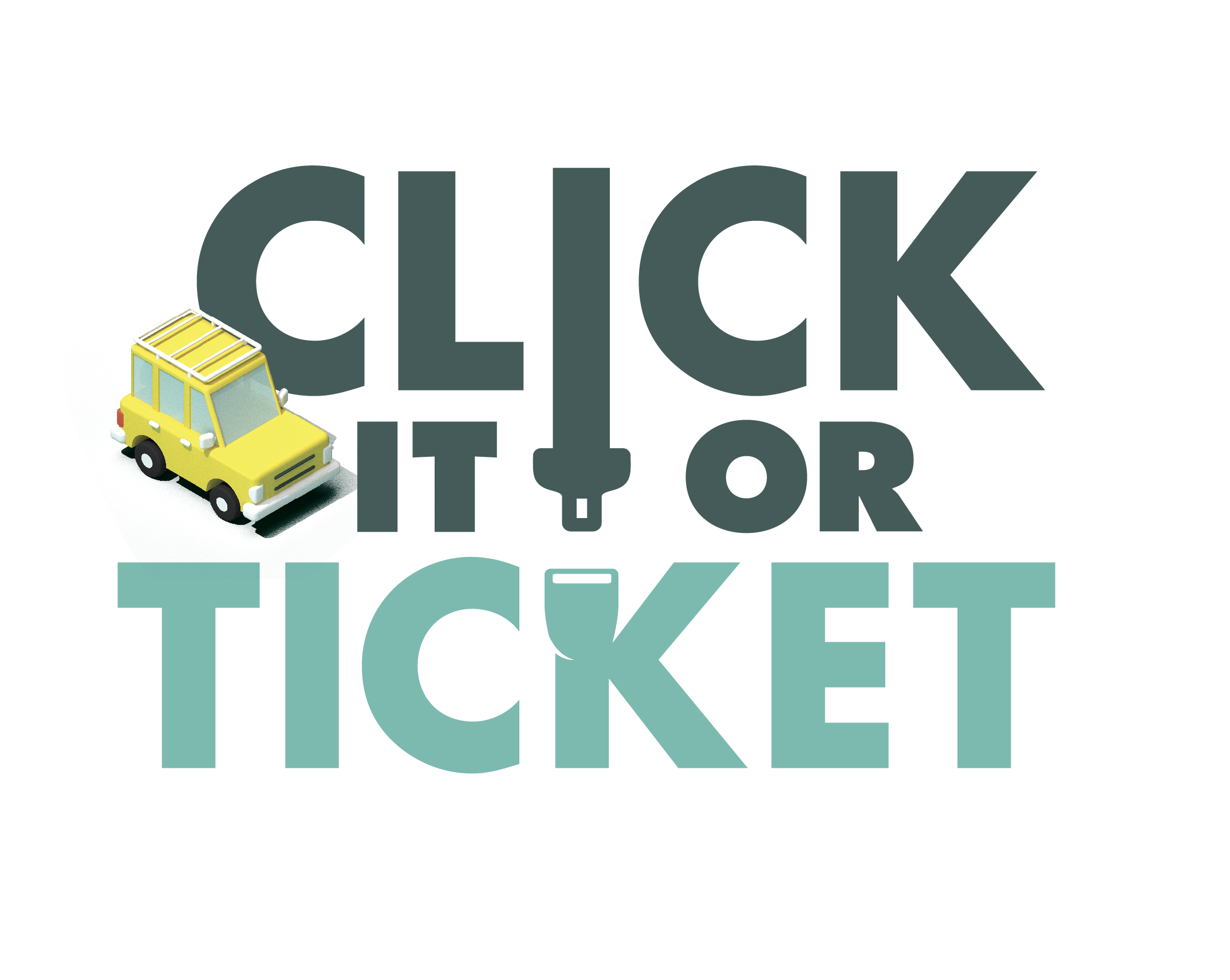2019 Grant Program Highlights
Bicycle and Pedestrian Safety

City of Lancaster Development Services Department “See and Be Seen” Campaign
The City designed wraps for signal cabinets reminding people how to “See and Be Seen” when biking or walking. A total of 35 cabinet wraps were installed throughout the city of Lancaster, which also included a map of the city’s bikeways and crosswalks. In addition, the City produced animated videos for a social media campaign with slogans related to traffic rules and safe roadway behaviors. The signal cabinet wraps were highlighted in a report on pedestrian safety by the Governors Highway Safety Association (GHSA). The project was a 2019 BEST Award winner in the “Creative and Innovative” category by American Public Works Association (APWA) Southern California Chapter. Other agencies are following suit, looking at how they can start a similar education program in their community.
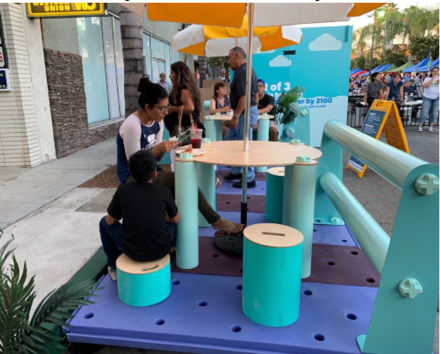
Southern California Association of Governments (SCAG) “Go Human” Campaign
SCAG’s “Go Human” traffic safety advertising campaign focused on messages encouraging drivers to look out for bicyclists and pedestrians and re-envision neighborhoods that are safe for all modes of transportation. As part of the Go Human program, SCAG developed and used portable “Kit-of-Parts” allowing cities to test street designs that improve traffic safety, such as curb extensions, pedestrian refuge islands and protected bike lanes. The Kit-of-Parts were rolled out at six open streets events across the six-county SCAG region – Imperial, Los Angeles, Orange, Riverside, San Bernardino and Ventura counties – during the 2019 grant year.
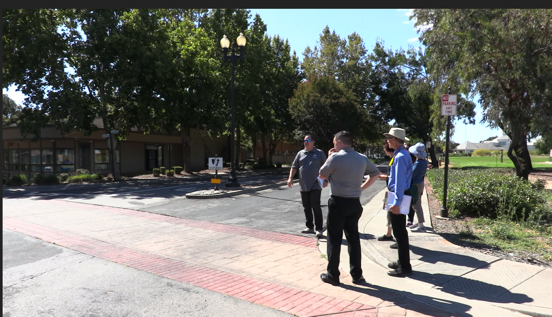
UC Berkeley Safe Transportation Research and Education Center (SafeTREC) Complete Streets Safety Assessments
Complete Streets Safety Assessments (CSSAs) examine areas for local agencies that are in need of infrastructure improvements to make them more bicycle and pedestrian friendly. The assessments offer suggestions to cities that can be incorporated into master plans or to apply for project funding. The reports focus on safety improvements like signal equipment and timing, sign and pavement markings, pedestrian and bicycle facilities, as well as school zones, intersection and roadway design. CSSAs were conducted in eight cities across the state during the 2019 grant year.
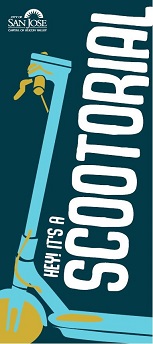
City of San Jose Department of Transportation E-Scooter and Older Pedestrian Education Campaigns
With the emergence of electric scooters as another mobility option, the city of San Jose developed “Scootorial” tip cards for e-scooter riders explaining the rules, as well as how to ride safely and responsibly. In addition, the city rolled out a pedestrian safety campaign targeting older populations who use public transit. Banners were made and put up on light poles along major intersections, as well as bus tails on local transit buses. The safety messages encouraged drivers to slow down and be aware of older pedestrians.
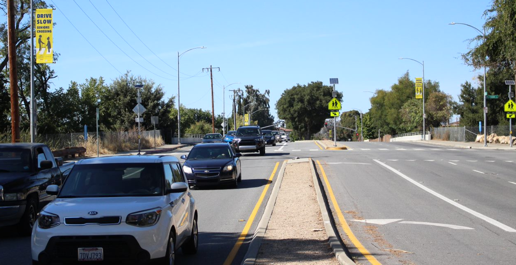
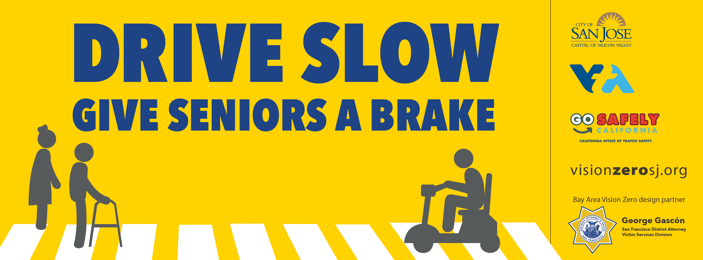
Alcohol and Drug-Impaired Driving
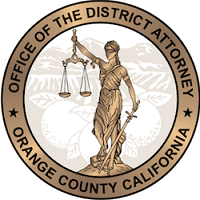
Orange County District Attorney’s Office (OCDA) California Traffic Safety Resource Prosecutor (TSRP) Training Network
The OCDA continued their partnership with the OTS managing the TSRP, serving as a statewide training ground for law enforcement personnel and prosecutors on handling alcohol and drug-impaired driving cases. The TSRP Training Network focuses on all aspects of impaired driving investigations through every step of the criminal process, from arrest to investigations and prosecutions. The TSRP hosted two four-day courses that included report writing, courtroom testimony, and a mock trial. The trainings offer law enforcement and prosecutors the tools needed to build successful cases that lead to convictions for those who drive under the influence of alcohol, drugs, or a combination of alcohol and drugs. The OCDA also developed a youth outreach project to educate high school students on the dangers of driving under the influence of drugs.
Ventura County Behavioral Health (VCBH) Department’s “Get a Ride, Not a DUI” Campaign
The VCBH developed a public service announcement focused on the dangers of impaired driving by combining alcohol and drugs. The education campaign included the distribution of more than 120,000 materials to local law enforcement, cities and businesses informing the public of the effects of alcohol, cannabis and other substances on your ability to drive. The goal of the campaign was to change social norms around drug-impaired driving, particularly mixing alcohol with drugs.
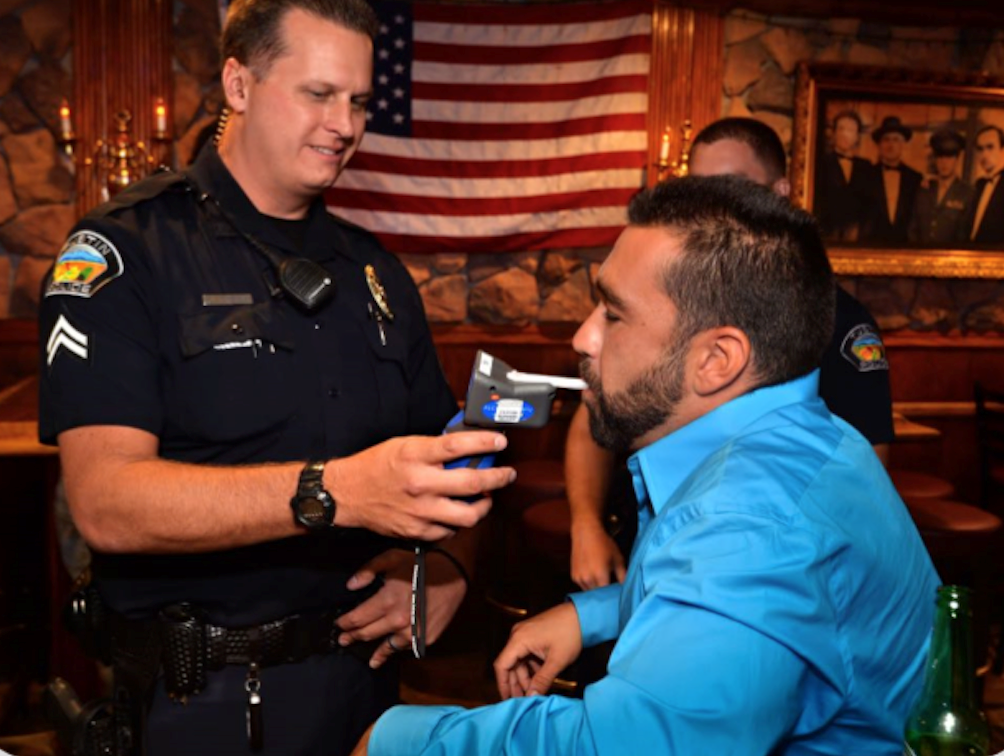
“Know Your Limit” Program
The “Know Your Limit” education program is conducted by multiple local law enforcement agencies across the state to educate the public on how little it can take to reach a blood alcohol content (BAC) of .08, the legal limit to operate a vehicle. During a “Know Your Limit” event, officers will make contact with the public at local bars and restaurants, asking them if they would like to take a Breathalyzer test to see if they can guess their BAC. The program is a way to educate the public on the impact of alcohol on one’s driving ability, as well as understand their limits and when they should choose to take a sober ride home.
San Joaquin County DUI Court Program
The San Joaquin County Superior Court DUI Court Program focuses on the monitoring and treatment of DUI offenders to reduce DUI recidivism rates. The program first started in 2008 and has helped nearly 5,000 people with an over 80% graduation rate. For those who have substance abuse problems, treatment is combined with regular monitoring and testing for alcohol, along with regular court appearances. This individualized approach goes beyond the fines and criminal penalties that deter impaired driving by promoting long-term behavior change. Focusing on the root causes of what compels offenders to drive impaired is gaining traction, with the DUI Court program being used as a model for DUI courts in Monterey and Fresno Counties, as well as other courts across the country. A December 2019 report by the Governors Highway Safety Association (GHSA) recommended this very type of DUI Court program for repeat and high BAC offenders, which are defined as offenders with a BAC of .15 and above, or nearly twice the legal limit of .08. In 2018, 66% of drivers involved in deadly crashes had a BAC above .15 and repeat DUI offenders caused about a third of the drunk driving deaths each year.
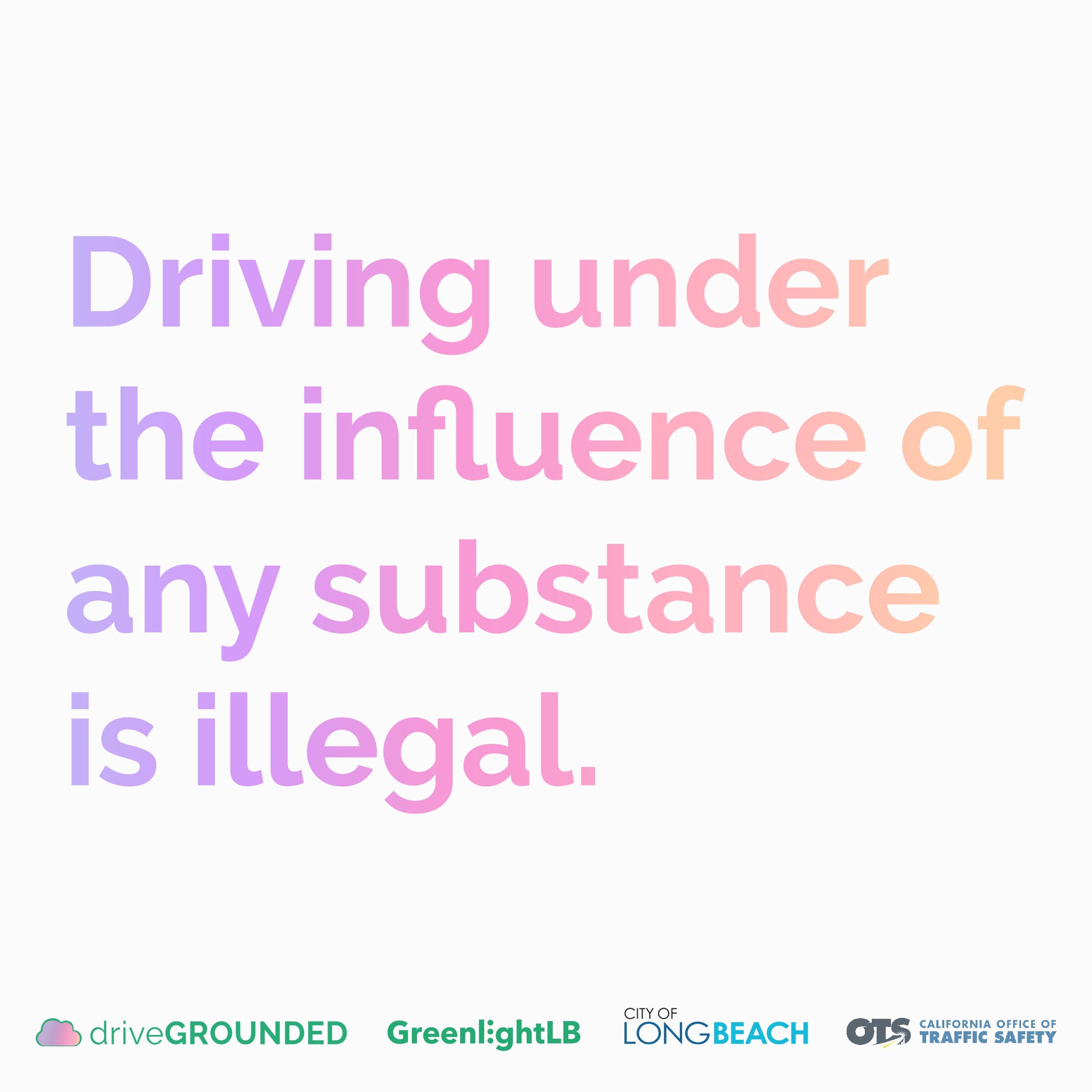
City of Long Beach Department of Health and Human Services “GreenlightLB” Cannabis Education Program
The city of Long Beach’s Health and Human Services Department (LBHHS) “GreenlightLB” education program focuses on cannabis use and other drugs. LBDHHS launched a campaign called “driveGROUNDED,” helping community members make informed decisions related to cannabis legalization and its effects on overall health. LBDHHS also worked with local bars, restaurants and dispensaries frequented by college students to distribute educational materials. In addition, LBDHHS partnered with the Long Beach Police Department for “Know Your Limit” events where patrons were provided breathalyzer tests and educated on not only the dangers of drinking and driving, but also driving after cannabis and other drug use. LBDHHS also developed educational toolkits for California State University, Long Beach raising awareness about the dangers of driving under the influence of cannabis, as well as working with students to develop “driveGROUNDED” cannabis education messages.
Distracted Driving
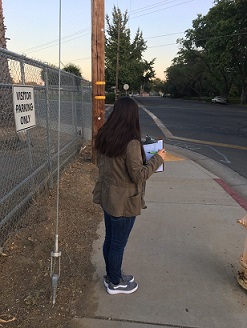
California Friday Night Live Partnership (CFNLP) “Roadwatch” Program
Every year, dozens of Friday Night Live chapters in counties across the state conduct a “Roadwatch” assessment where students watch for distracted driving near high school and middle schools. Students compile data on the number of drivers in one hour who were distracted by phones, passengers, pets, food or any other behavior that took their eyes off the road. The Roadwatch assessment is a way to identify the problems associated with distracted driving and learn about the dangers distracted driving poses. Managed by the Tulare County Office of Education, CFNLP offers a variety of youth education programs focused on peer-to-peer mentoring and working with the community to address the dangers of underage drinking, impaired and distracted driving. Other programs include educating alcohol merchants on their responsibilities to reduce youth access to alcohol, teaching parents about “social host” ordinances and developing public service announcements and social media messages that empower youth to not engage in dangerous behaviors like drinking alcohol.
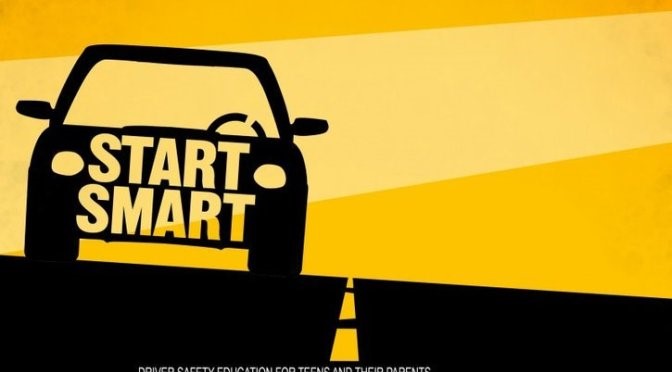
California Highway Patrol’s (CHP) Start Smart Program
The California Highway Patrol “Start Smart” program teaches teens with a learner’s permit and newly licensed teens about the rules and responsibilities associated with operating a vehicle. The CHP first developed the “Start Smart” program in 2002, but it now includes a comprehensive video presentation with topics on speeding, driving under the influence, and distracted driving, as well as precautions both teens and parents can take to stay safe. There is also a phone app that can be used to sign up for a class at the nearest CHP office, as well as provide information on graduated drivers license (GDL) laws.
Emergency Medical Services (EMS)
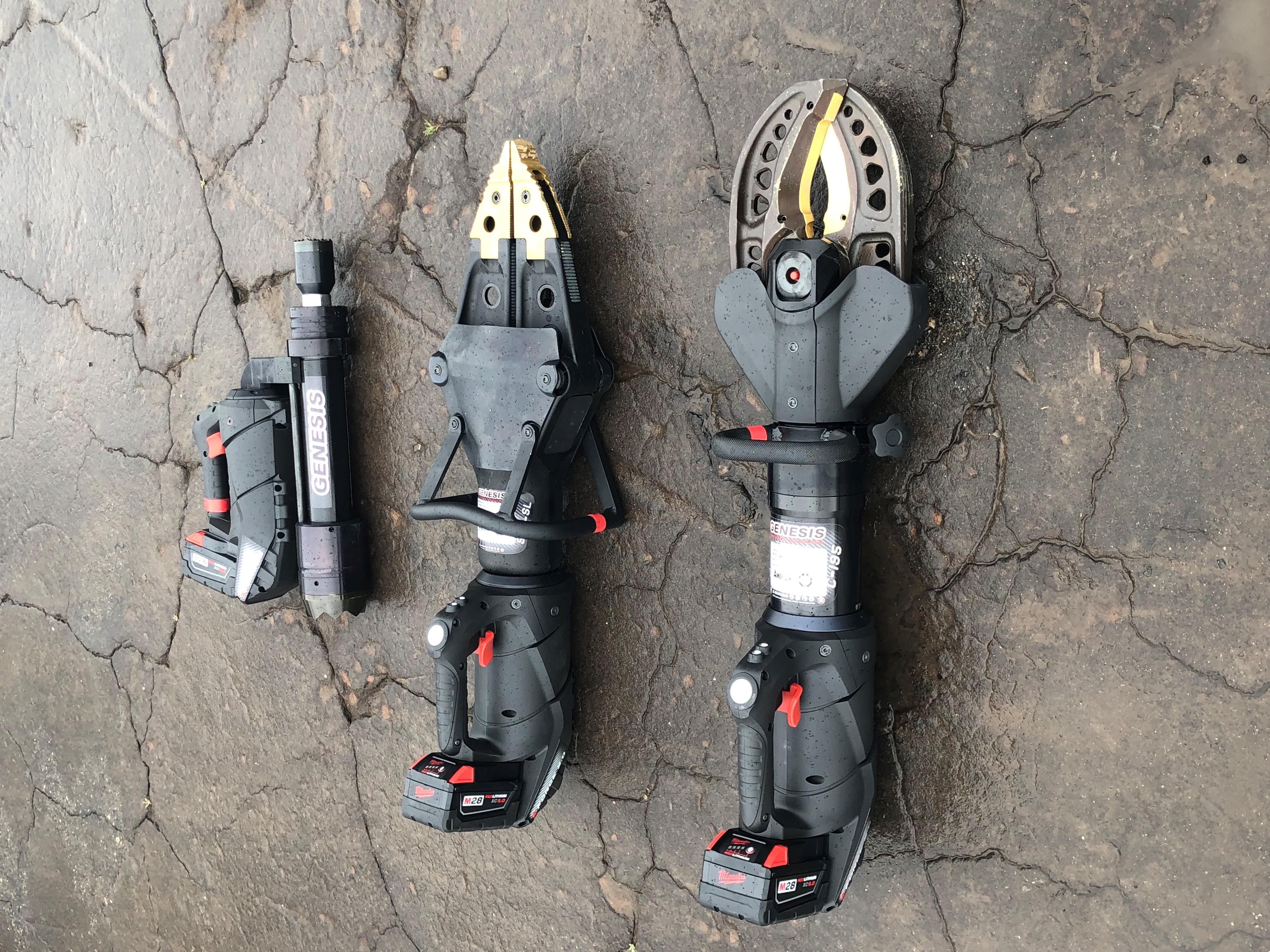
Contra Costa County Fire Protection District – Collision Response and Extrication Improvement Program
The Contra Costa County Fire Protection District (CCCFPD) and East Contra Costa Fire Protection District (ECCFPD) replaced three sets of extrication equipment that was at least 20 years old. CCCFPD and ECCFPD were one of 10 grants awarded by the OTS for the 2019 grant year to purchase new, lighter extrication equipment that allows emergency responders quicker access to victims trapped in vehicles. Reducing the time it takes to rescue an injured victim increases their chances of survival by getting them the care they need quicker. CCCFPD and ECCFPD reported that during the grant year they reduced the time it takes to extricate a victim by as much as 50% in some areas.
Motorcycle Safety
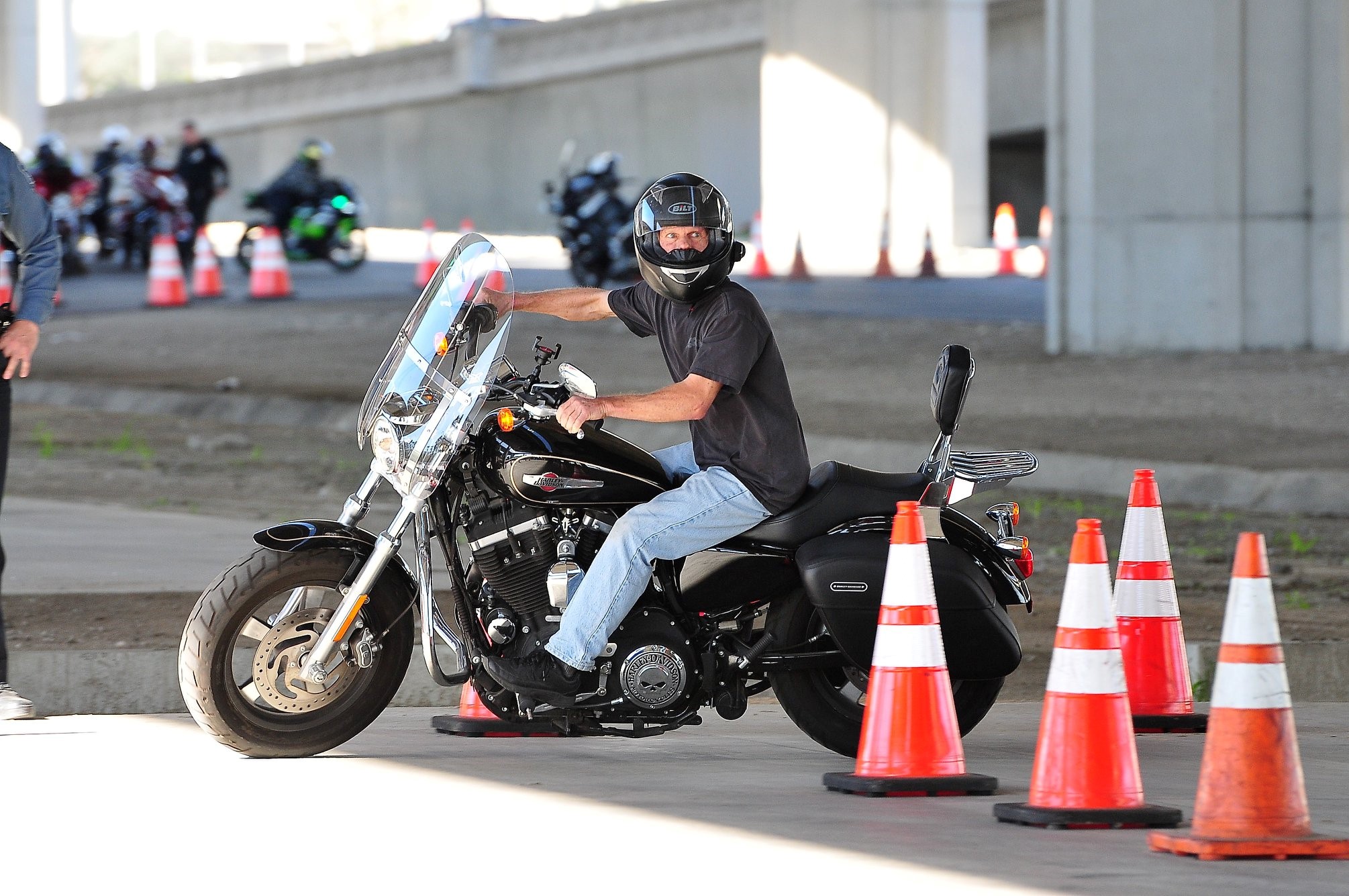
Hawthorne, Rialto and Torrance Police Department’s “Ride to Live” Program
The “Ride to Live” program provides hands-on motorcycle training to the public. It gives experienced riders the chance to hone their skills turning, braking and avoiding crashes. 2019 marked the first year Rialto Police ran the program, holding four “Ride to Live” training classes for 82 riders. The Hawthorne Police Department partnered with the Torrance Police Department to offer “Ride to Live” classes in the cities of Hawthorne and Torrance. In 2019, they conducted 11 classes with more than 300 riders. The city of Hawthorne saw a 63% reduction in motorcyclists killed in crashes. The city of Rialto also saw reductions in motorcyclists killed and injured.
Traffic Records
University of California, Berkeley SafeTREC Transportation Injury Mapping System (TIMS)
The Transportation Injury Mapping System (TIMS) provides the public and government agencies free access to California crash data that can easily be mapped out to show trends and problem areas. Taking data from the California Statewide Integrated Traffic Records System (SWITRS), TIMS offers interactive maps that show where crashes occurred, as well as allow users to create collision diagrams and identify bicycle and pedestrian collision hot spots. The mapping system was created by the University of California Berkeley’s Safe Transportation Research and Education Center (SafeTREC), a partner of the OTS for nearly 20 years.






